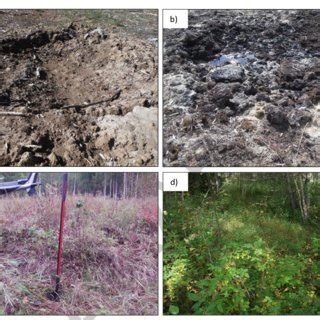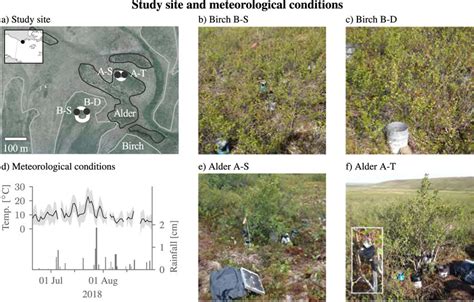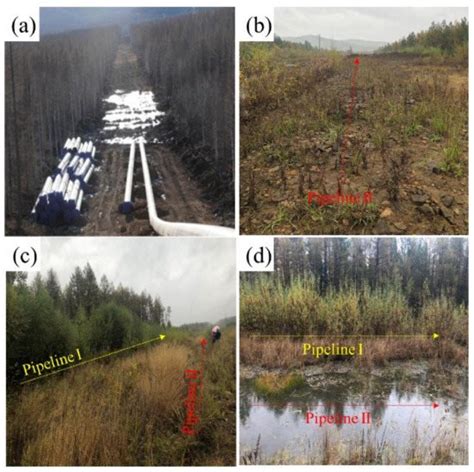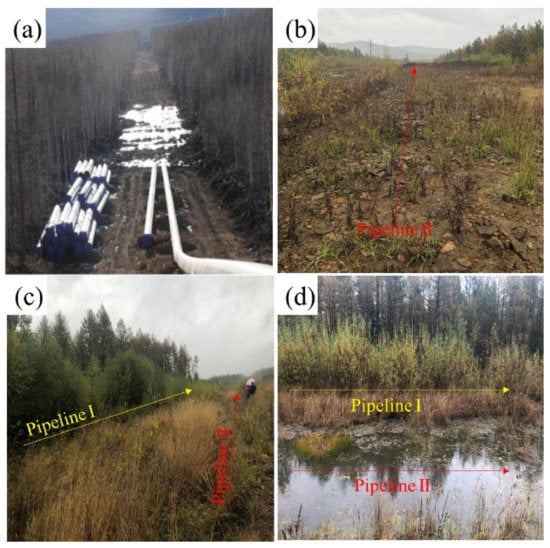Permafrost, a unique and often overlooked geographic feature, plays a crucial role in shaping the landscapes and ecosystems of Earth’s coldest regions. Found in areas where the ground remains frozen for two or more consecutive years, permafrost covers vast expanses across the Arctic and subarctic regions. This article, titled “Frozen Ever After: Exploring the Geographic Features and Cultural Significance of Permafrost Regions,” delves into the characteristics, distribution, and environmental impact of permafrost. Moreover, it examines how the indigenous cultures have adapted to these harsh environments and the challenges they face as climate change threatens the stability and future of these frozen lands.
ritarblog.com will explore this topic comprehensively.
1. Defining Permafrost: Characteristics and Formation
Permafrost is ground that stays frozen solid for at least two years in a row. It can reach hundreds of meters deep within the Earth’s crust. This happens in very cold areas like the Arctic and Antarctic, as well as high mountain regions. Permafrost is made up of soil, rocks, and ice. The top layer, called the active layer, melts during the short summer months and freezes again in the winter.
Permafrost forms due to prolonged periods of frigid temperatures, where the average annual air temperature consistently stays below freezing. Over thousands of years, this cold environment causes the ground to freeze solid. Ice builds up within the soil’s pores, cementing the sediments together. The depth and stability of permafrost are influenced by local climate, plant life, and the soil’s heat-conducting properties. Understanding these characteristics is vital for comprehending permafrost’s impact on the surrounding environment, especially its significant role in Earth’s polar and subpolar regions.

2. Geographic Distribution and Extent of Permafrost Regions
Permafrost regions are predominantly located in the high latitudes of the Northern Hemisphere, spanning vast territories across the Arctic, Siberia, Canada, and Alaska. These permanently frozen grounds also occur in high-altitude regions like the Tibetan Plateau and the Andes Mountains, where the cold climates facilitate their formation. In aggregate, permafrost underlies approximately 24% of the exposed land surface in the Northern Hemisphere, signifying its substantial role in the Earth’s cryosphere.
Permafrost distribution varies significantly, with areas ranging from sporadic permafrost, where less than 10% of the ground is frozen, to continuous permafrost, where nearly the entire ground remains frozen throughout the year. In the Arctic, continuous permafrost can extend to depths exceeding 500 meters. However, in subarctic and alpine regions, the permafrost layer is typically thinner and more discontinuous.
Climate change poses a significant threat to the stability of these regions due to rising global temperatures causing permafrost to thaw. This thawing not only alters the landscape but also releases trapped greenhouse gases, further exacerbating climate change. Therefore, comprehending the geographic distribution and extent of permafrost is essential for forecasting and mitigating the ecological and societal consequences of its thawing.

3. Ecological and Environmental Impacts of Permafrost
Permafrost plays a crucial role in the ecological and environmental balance of cold regions. It exerts a significant influence on vegetation, wildlife, and global climate processes. One of the most notable impacts of permafrost is its effect on the landscape. As permafrost thaws, the ground becomes unstable, leading to the formation of thermokarst landscapes. These landscapes are characterized by sinkholes, subsiding ground, and uneven terrain. This alteration of the physical landscape can disrupt ecosystems by altering drainage patterns and impacting plant and animal species that have adapted to the stable conditions provided by permafrost.
Thawing permafrost has significant environmental consequences. Permafrost serves as a carbon sink, holding immense amounts of organic carbon that have been frozen for millennia. As temperatures rise and the permafrost melts, this organic matter decomposes, releasing carbon dioxide and methane, potent greenhouse gases, into the atmosphere. This release amplifies global warming, creating a feedback loop that further accelerates permafrost thawing.
Permafrost thaw also poses a serious threat to infrastructure in Arctic and subarctic regions. Structures like buildings, roads, and pipelines, typically constructed on the premise of stable, frozen ground, face significant risk of damage or destruction as the permafrost thaws and the ground becomes unstable. The ecological and environmental repercussions of thawing permafrost highlight the crucial need to comprehend and alleviate the consequences of climate change in these delicate environments.

4. Cultural Significance and Human Adaptation
Permafrost regions hold immense cultural significance for Indigenous communities who have resided in these areas for thousands of years. For many of these groups, the frozen ground is not merely a physical landscape, but a fundamental element of their cultural identity and way of life. Indigenous peoples in the Arctic, such as the Inuit, Sámi, and Yakut, have developed remarkable adaptations to flourish in these harsh, frozen environments. Their deep knowledge of the land, passed down through generations, includes specialized techniques for hunting, fishing, and building that are uniquely suited to permafrost conditions.
The rapid thawing of permafrost is disrupting traditional practices and posing significant challenges for communities. The reliance on stable frozen ground for building homes and storage facilities is being threatened, increasing the risk of infrastructure damage that jeopardizes homes, roads, and essential resources. Furthermore, the shifting landscape is impacting traditional food sources, disrupting hunting and fishing patterns that are deeply ingrained in cultural practices.
Despite the challenges posed by permafrost thaw, indigenous communities demonstrate remarkable resilience. They are adept at combining traditional knowledge with modern technologies to minimize the impacts of climate change. Moreover, efforts to document and preserve their invaluable wisdom are gaining momentum, emphasizing the crucial role of cultural resilience in confronting environmental challenges. These adaptations underscore the profound bond between indigenous communities and their permafrost environment.
5. Challenges and Future Prospects in Permafrost Regions
Permafrost thaw poses substantial environmental and socioeconomic challenges to the regions it supports. Rising global temperatures jeopardize the stability of permafrost, resulting in widespread ecological disruption, infrastructure damage, and the release of greenhouse gases. These consequences threaten the livelihoods of indigenous communities and the sustainability of Arctic and subarctic ecosystems.
The future of permafrost regions remains uncertain. It is essential to monitor and mitigate the consequences of permafrost thaw. Scientists are utilizing sophisticated technologies, including remote sensing and climate modeling, to improve predictions of thaw rates and their effects. Furthermore, there is an increasing emphasis on integrating indigenous knowledge with scientific research to create more effective adaptation strategies.
The enormity of the challenge demands global action on climate change to curb the warming that accelerates permafrost degradation. The fate of permafrost regions hinges on a confluence of local resilience and a global pledge to reduce greenhouse gas emissions.
Permafrost regions are vital components of the Earth’s cryosphere, influencing global climate, ecosystems, and the lives of indigenous communities. As climate change accelerates permafrost thaw, the resulting ecological and cultural impacts are profound. Understanding the characteristics, distribution, and significance of permafrost is essential for addressing these challenges. The future of permafrost regions hinges on global efforts to mitigate climate change and on the resilience of the communities that call these frozen landscapes home. Adaptation and preservation are key to navigating this uncertain future.
ritarblog.com

